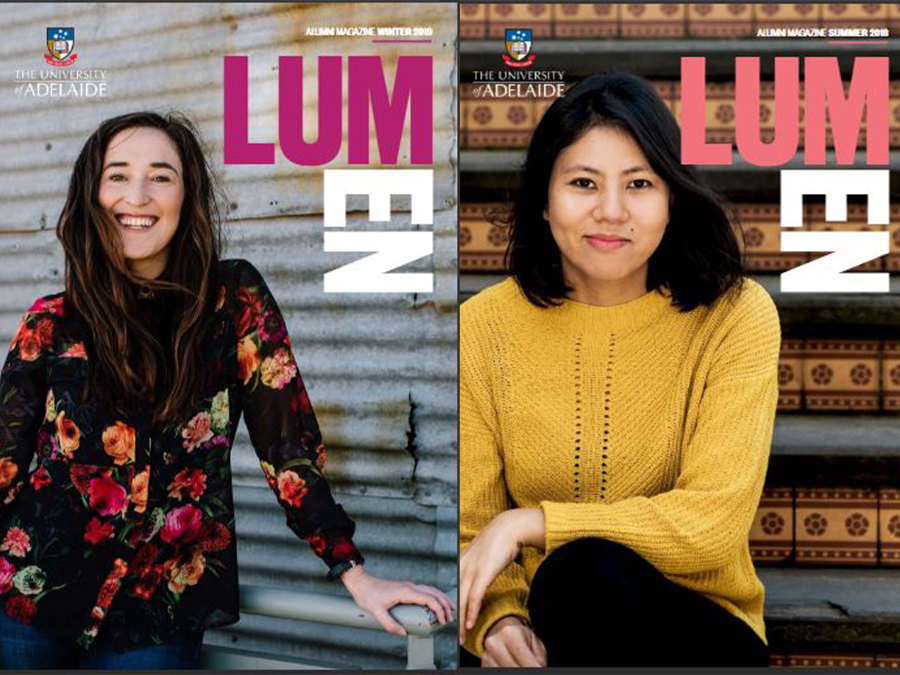Preserving today's heritage for tomorrow
Monday, 15 April 2013
A University of Adelaide researcher is dispelling misconceptions about heritage by demonstrating how heritage-listed buildings can be conserved through sustainable adaptive re-use.
Speaking during Australian Heritage Week (12-21 April) and in the lead up to World Heritage Day (18 April), Architecture PhD student Carolyn Wigg said old and new buildings can co-exist, and lead to innovative and sustainable built environments.
"Today there is a more mature view that heritage is interwoven into the fabric of our urban and rural areas, telling the unique story of our past and who we are as a society," Ms Wigg said.
"Despite this recognition, there are still polarised opinions on heritage and development with perceptions that they are mutually exclusive, that a heritage listing places a 'glass dome' over an urban area, and that listed heritage places will be 'frozen' in time."
Ms Wigg's research builds on her previous study which investigated a number of revived heritage buildings in Adelaide, including Beaumont House, the University of Adelaide Observatory, and the former Stock Exchange, Bickford's Warehouse and AMP building.
"This study found there is a strong argument for the retention of existing buildings that are structurally sound and have not outlived their useful economic life, and where retention can be justified in terms of the economic, environmental and social benefits," Ms Wigg said.
Ms Wigg's research will also address the practical challenges in the application of current building codes and planning laws to the redevelopment of heritage listed buildings.
"There is no 'one size fits all' approach to adaptive re-use. The best approach should be determined by the building's design and future occupancy," she said.
"Heritage conservation is a dynamic process that needs proactive ongoing management and re-evaluation, rather than being a static 'register' of significant buildings.
"The cultural significance of a building is assessed at one point in time, usually when the building is included on a heritage register. But, as history does not stand still, it's important that we continue to re-evaluate our heritage buildings and urban areas so they will have relevance for future generations."
Contact Details
Email: media@adelaide.edu.au
External Relations
The University of Adelaide
Business: +61 8 8313 0814
Carolyn Wigg
Email: carolyn.wigg@adelaide.edu.au
PhD Candidate
The University of Adelaide
Business: 08 8313 0548
Mobile: 0430 086 323







